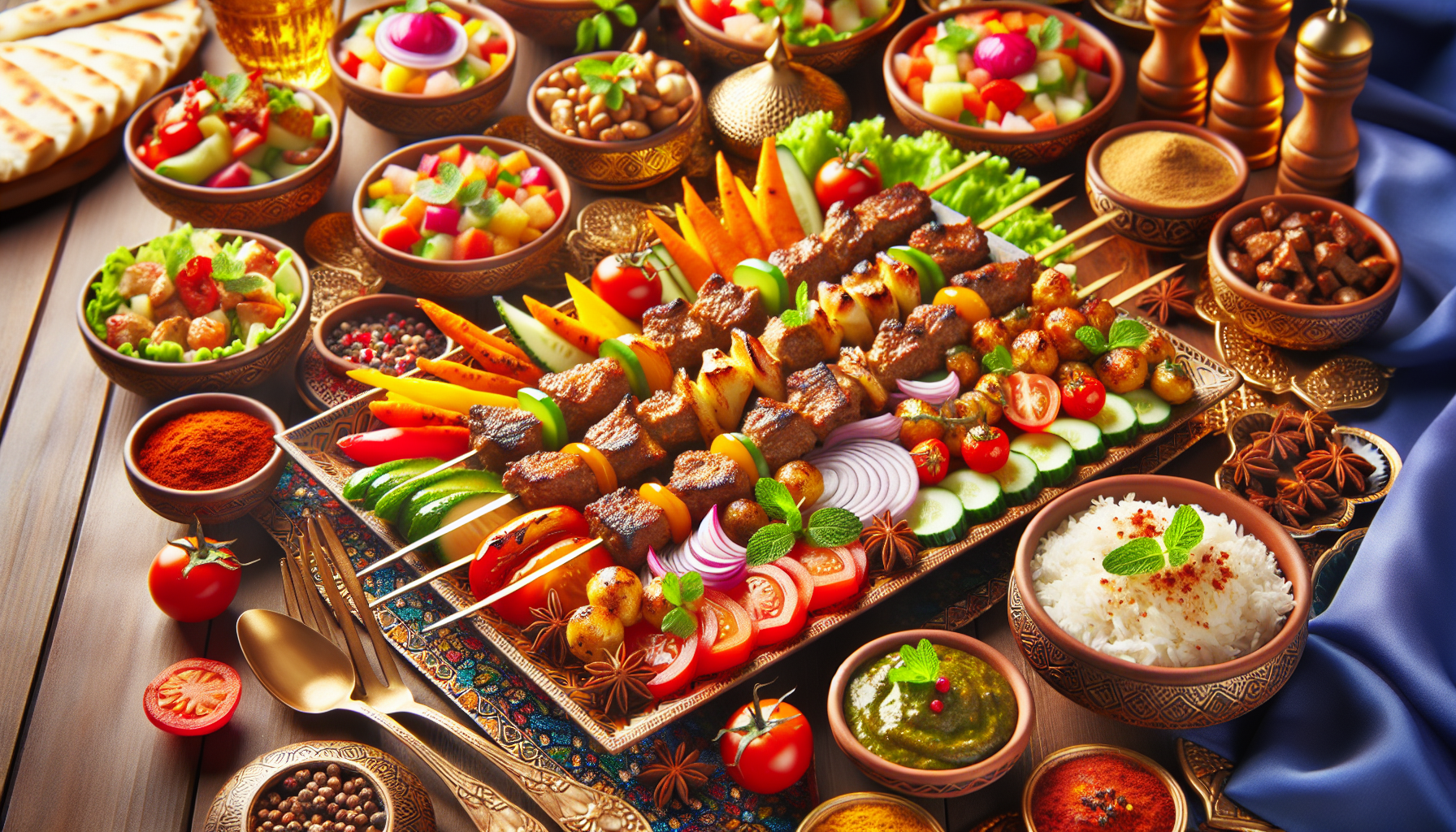Dive into a culinary journey like no other as you explore the vibrant and aromatic world of Middle Eastern cuisine. Renowned for its rich tapestry of flavors and spices, Middle Eastern food offers a delightful blend of tastes that promise to enthrall your senses and elevate your dining experience.
At the heart of this culinary tradition lies a profound respect for authenticity and tradition. Middle Eastern cuisine is a celebration of diverse cultures and histories, with each dish telling a story of ancient civilizations, trade routes, and the melding of myriad cultural influences. The region's unique geographical location, nestled between the Mediterranean, the Arabian Desert, and the Persian Gulf, has contributed to a diverse array of ingredients that form the backbone of its culinary identity.
Every dish in the Middle Eastern culinary repertoire is thoughtfully crafted using time-honored recipes handed down through generations. Traditional cooking methods remain intrinsic to preserving the authenticity of flavors and textures that define these beloved classics. From the slow-cooked stews of lamb and vegetables to the delicate folds of stuffed grape leaves, each preparation is executed with careful precision and a deep-rooted appreciation for the cuisine's rich heritage.
A quintessential element of Middle Eastern cooking is its masterful use of spices. Fragrant blends of cumin, coriander, turmeric, cinnamon, and cardamom are expertly combined to create complex and harmonious profiles. Spices like za'atar and sumac are frequently incorporated, providing unique culinary experiences that are both exotic and comforting. These aromatic substances do not merely enhance flavor; they are a bridge to ancient traditions, preserved for generations.
The foundation of many Middle Eastern dishes is the careful selection of fresh, high-quality ingredients. Locally-sourced vegetables, meats, and grains form the essence of this cuisine, celebrated for its wholesomeness and health benefits. Savoring Middle Eastern fare often involves an abundant use of fresh produce, legumes, and herbs, making the cuisine delightfully nutritious and vibrant. Common staples such as chickpeas, lentils, eggplants, and tomatoes are transformed into mouthwatering creations like creamy hummus, zesty tabbouleh, and smoky baba ghanoush.
Bread, an omnipresent feature of the Middle Eastern table, is celebrated in its various forms. From the pillowy softness of pita bread to the crispy delight of lavash, bread serves as a vessel for flavors, facilitating communal and convivial eating experiences.
Traditional Middle Eastern desserts offer a fitting finale to any meal, blending sweetness with aromatic finesse. Luscious baklava with its layers of flaky pastry, honey, and nuts, or the captivating textures of knafeh with its crispy noodle-like strands and soft cheese, are cherished treats that round off the dining experience with decadence.
Dining in the Middle East is as much about the experience as it is about the food. Gathered around a communal table, sharing dishes among family and friends reinforces the bonds of hospitality and camaraderie. This social aspect of dining enriches the appreciation for the cuisine and deepens the connection to the cultural ethos from which it originates.
In essence, enjoying authentic Middle Eastern cuisine is an invitation to partake in a centuries-old tradition of culinary artistry. It is an experience characterized by warm hospitality, vibrant flavors, and a reverence for the ingredients that make every dish a delicious tribute to this remarkable region. Whether it's a sumptuous mezze platter or a hearty main course, you are encouraged to indulge in the Middle East's gastronomic treasures, where each bite is an exploration of history, culture, and culinary mastery.
